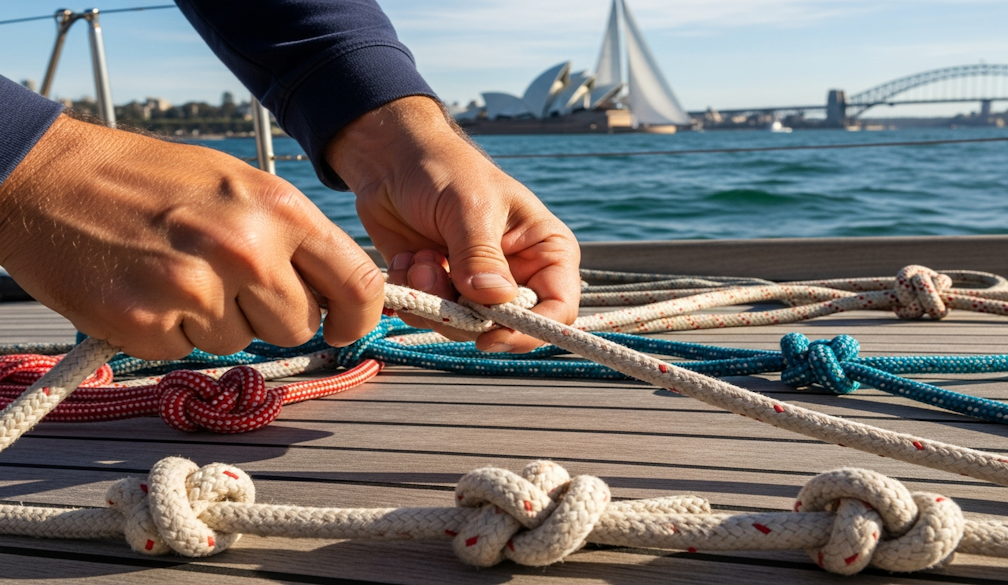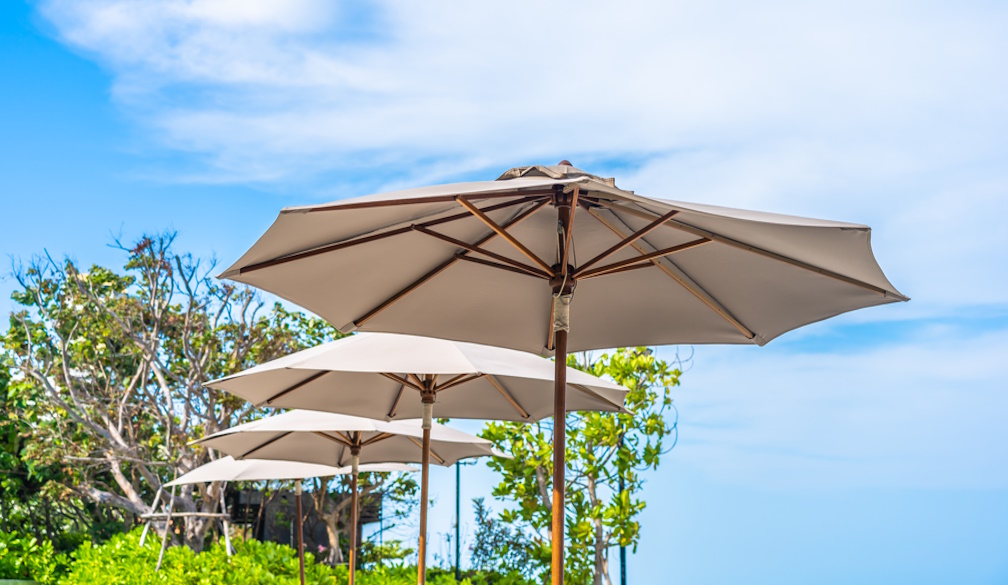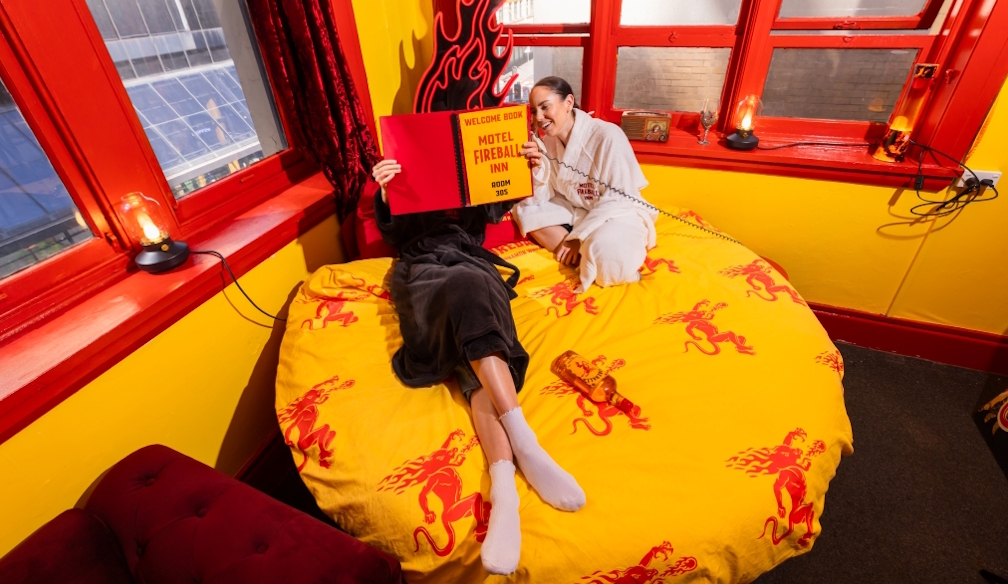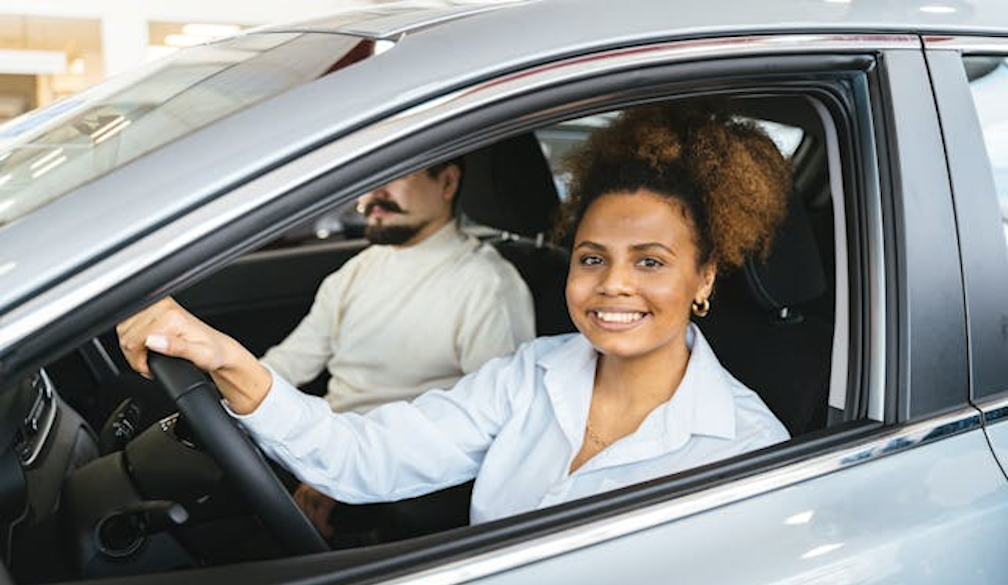How To Make Your Fibreglass Pool Safe For Babies And Toddlers
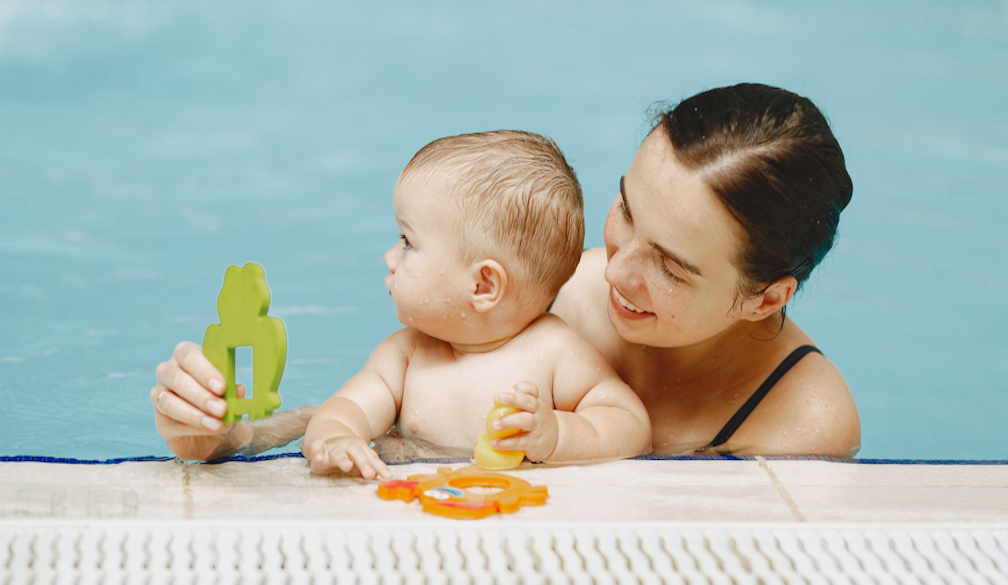
There are so many benefits of fibreglass swimming pools for families—from backyard fun to early water confidence for kids. But when it comes to babies and toddlers, safety is non-negotiable. For Australian families with fibreglass pools, creating a secure and age-appropriate space is essential—not just for peace of mind, but for reducing risks in and around the water.
Fibreglass pools already have a few built-in safety advantages, such as smooth edges and non-abrasive surfaces. But no matter the pool type, additional steps are needed to ensure it’s suitable for young children. Here’s a practical look at how to make your fibreglass pool as safe as possible for babies and toddlers.
-
Start With Compliant, Childproof Fencing
The first and most critical safety measure for any home pool is secure fencing. Australian pool safety laws are clear: all pools must be enclosed by a compliant fence that is at least 1.2 metres high, with self-closing and self-latching gates.
For homes with babies or toddlers, it’s worth going a step further than minimum requirements. Ensure that:
- The gate latch is well out of reach of small children
- There are no climbable objects (like furniture or pot plants) near the fence
- The fence provides full visibility into the pool area from the house
Frameless or semi-frameless glass fencing is a popular option for fibreglass pools, as it provides both safety and clear sightlines—especially important for supervising young swimmers.
-
Choose Non-Slip Surfaces Around the Pool
Little feet and wet surfaces are a risky combination. Slips and falls are one of the most common causes of injury in and around pools, especially for toddlers still mastering their balance.
Most fibreglass pools come with textured surfaces on steps and entry points, but surrounding materials matter just as much. Opt for non-slip finishes like:
- Exposed aggregate concrete
- Textured pavers
- Timber decking with anti-slip coating
- Synthetic grass (soft and low-maintenance)
Always test the area when wet—what feels safe when dry may be slippery after a splash session.
-
Install Secure Pool Covers (With Locking Mechanisms)
Pool covers serve multiple purposes—they keep debris out, help retain heat, and reduce water evaporation. But when young children are around, safety-rated pool covers can also act as a critical layer of protection.
Manual or automated covers with childproof locking mechanisms help prevent accidental access when the pool is not in use. Just be sure the cover is taut and strong enough to support the weight of a child in case they do fall on it.
Avoid floating pool blankets as a primary safety measure. While they help with heat retention, they can create a drowning risk if a child walks or falls onto them.
-
Add Tanning Ledges or Wide Entry Steps
When selecting or upgrading a fibreglass pool, features like wide entry steps or tanning ledges can make a significant difference for younger kids. These shallow platforms offer a space for babies and toddlers to safely splash and play under supervision.
Some fibreglass pool models come with built-in ledges that double as seating areas. These are perfect for early water play and for helping kids adjust to the pool gradually.
For toddlers learning to swim, having a visible and accessible ledge to hold onto builds confidence and gives them a safe exit point if needed.
-
Use Pool Alarms For Extra Peace Of Mind
While not a substitute for supervision or compliant fencing, pool alarms add an extra layer of awareness. Options include:
- Gate alarms that sound if the gate is opened
- Surface wave alarms that activate when water is disturbed
- Wearable alarms for toddlers that alert if the device is submerged
These systems aren’t foolproof, but they can buy precious seconds in the event of an unsupervised approach to the pool area.
Choose devices rated for Australian conditions and test them regularly to ensure they’re working correctly.
-
Supervision and Swim Readiness Are Still #1
No amount of safety gear replaces active, engaged supervision. When babies or toddlers are in or near the pool, an adult must always be within arm’s reach.
Design the pool space to support this—place seating and shaded areas nearby, and avoid distractions like phones or conversations during swim time.
From around six months, baby swim lessons can introduce water awareness and basic skills. While they don’t make a child "drown-proof", early swim exposure can improve confidence, coordination and responsiveness in the water.
-
Store Chemicals and Tools Out of Reach
Pool safety isn’t just about water—it’s also about the surrounding environment. Babies and toddlers are naturally curious, so secure storage for pool chemicals and cleaning tools is a must.
Keep all products in a locked shed or high cabinet. Items like chlorine, pH balancers, and algaecides can be dangerous if touched or ingested.
Similarly, robotic pool cleaners or suction hoses should be removed from the water when not in use, especially if children are nearby.
-
Make Water Familiar—but Respectful
Kids under five are statistically the most at-risk group for non-fatal and fatal drownings in Australian pools. Creating a safe environment is important—but so is fostering a healthy respect for water.
Simple habits can help:
- Have a "no running" rule near the pool
- Practise getting in and out safely from the steps
- Keep pool toys stored away when not in use (to avoid tempting unsupervised access)
- Use consistent phrases like “wait for Mum/Dad” before entering the water
These routines reinforce boundaries and make pool time predictable and secure.
-
Use Shade Strategically
Young skin burns easily, and UV exposure is a major concern in Australian summers. For babies and toddlers, sun protection is just as important as water safety.
Install a shade sail, pergola or adjustable umbrella over at least part of the pool area. Tanning ledges and steps are ideal spots for shade, as they’re where younger kids spend most of their time.
Dress children in long-sleeved swimwear, wide-brimmed hats and baby-friendly sunscreen—especially between 10am and 3pm.
-
Review and Update Safety Measures As They Grow
What’s safe for a 6-month-old might not work for a 2-year-old. As your child grows, their mobility, curiosity and access to new areas will change. Pool safety should evolve alongside this.
Every few months, review:
- Fence condition and gate functionality
- Placement of climbable objects near the fence
- Pool rules and routines
- Supervision habits during swim time
Being proactive helps prevent complacency and ensures the pool stays a secure space for the whole family.
Final Thoughts
Fibreglass pools are a fantastic choice for family backyards—offering low maintenance, smooth surfaces, and design features that suit kids of all ages. But when babies and toddlers are part of the household, pool safety requires careful planning and consistent habits.
From fencing and alarms to shallow ledges and shade structures, every detail contributes to a safer environment. When paired with active supervision and early swim education, these measures help create a backyard where children can build water confidence while parents enjoy real peace of mind.
Safety-first pool design doesn’t need to be complicated—but it does need to be intentional. And when done right, it becomes the foundation for years of safe, happy swimming memories.


